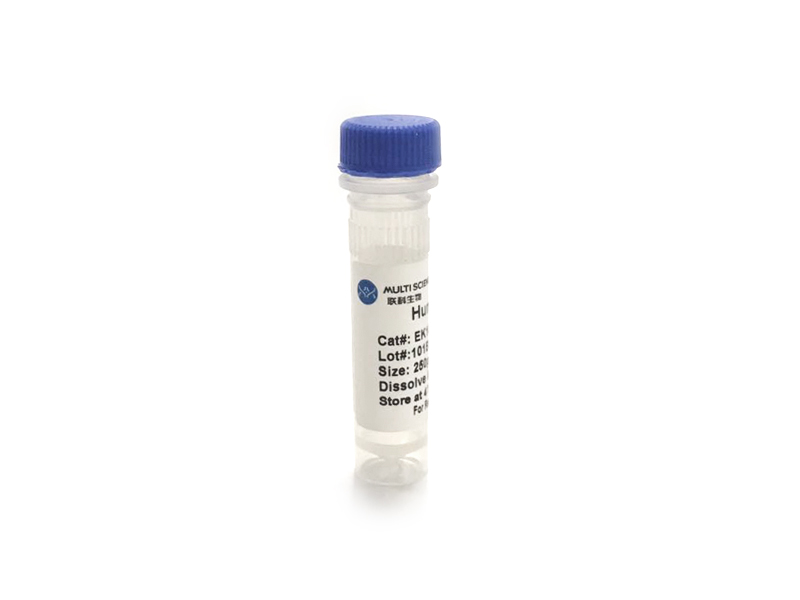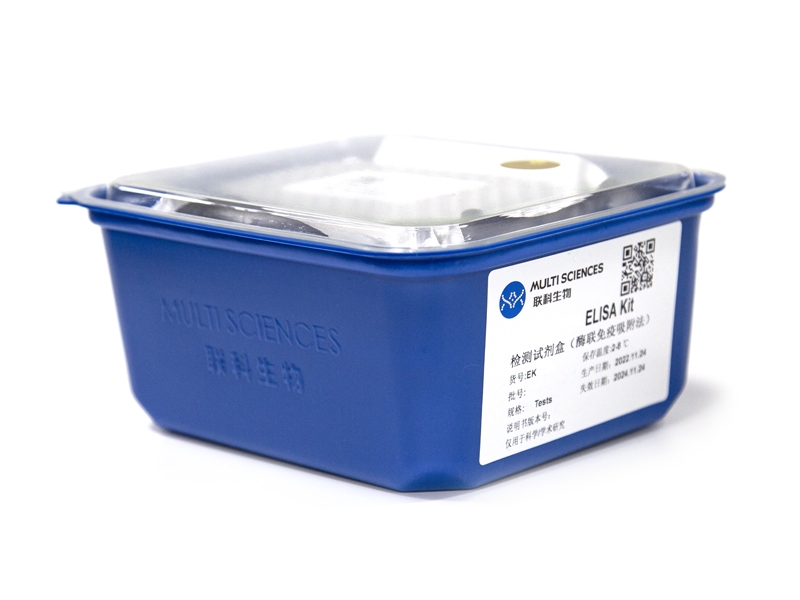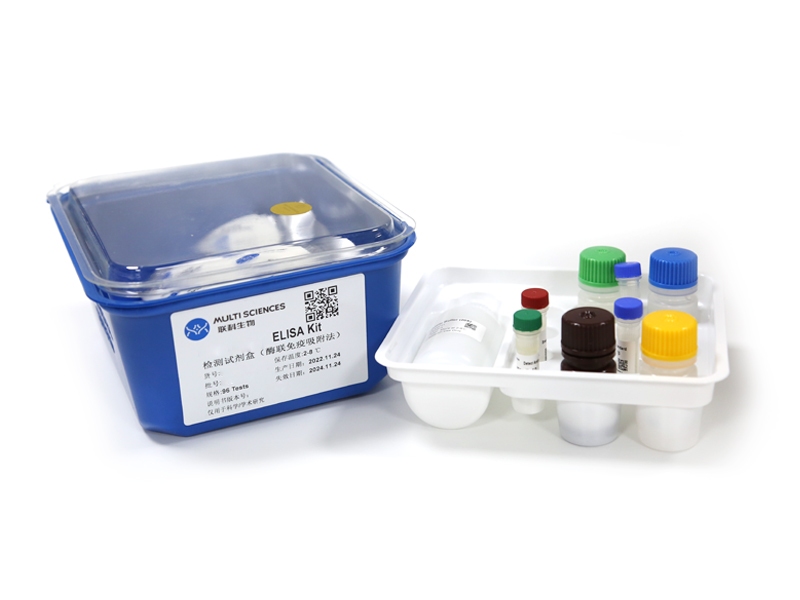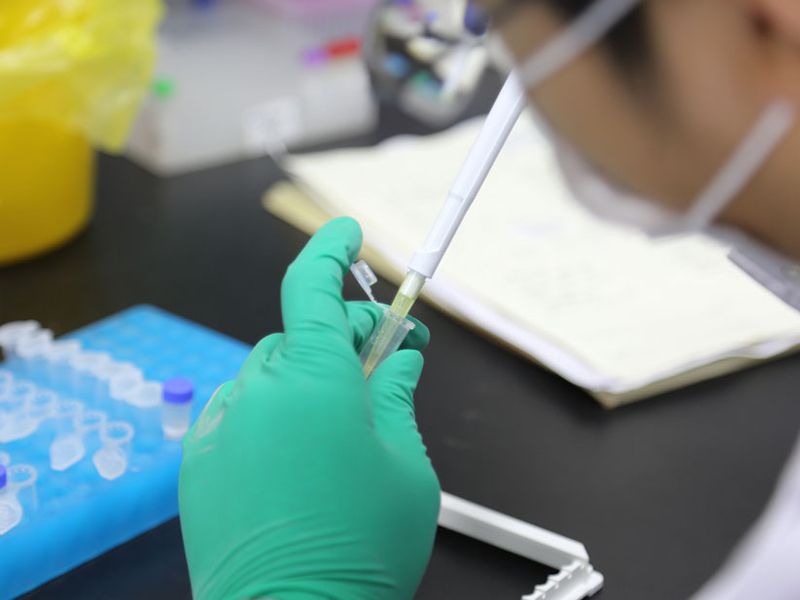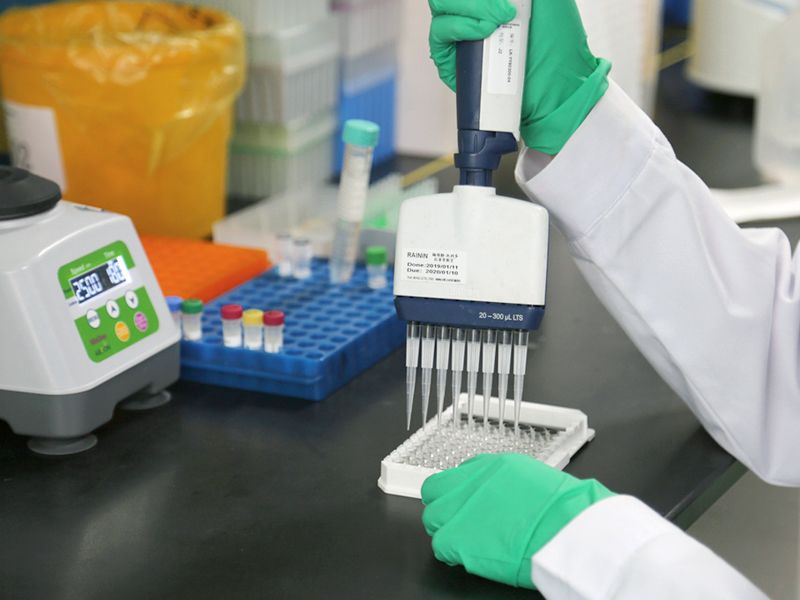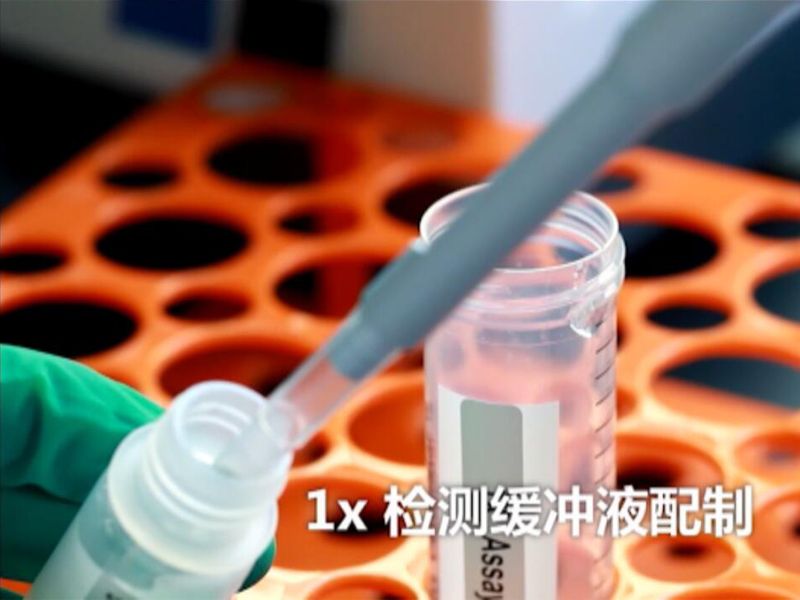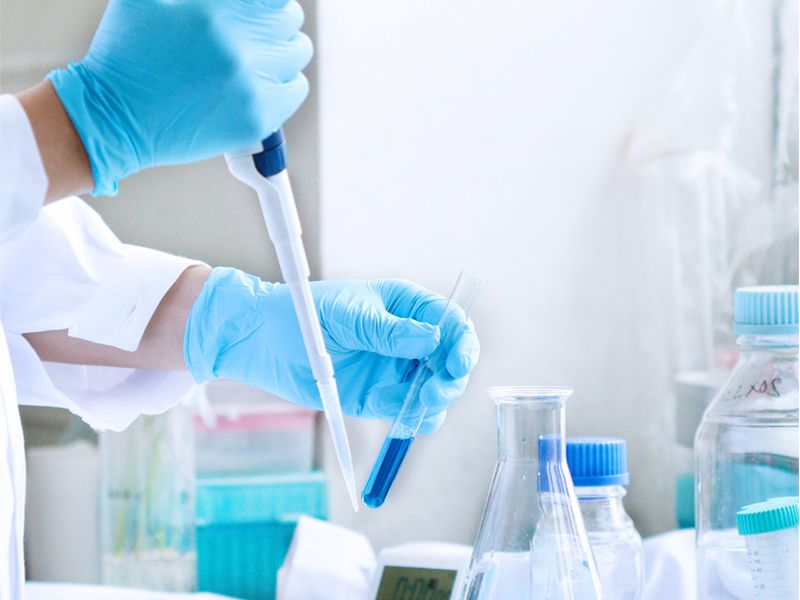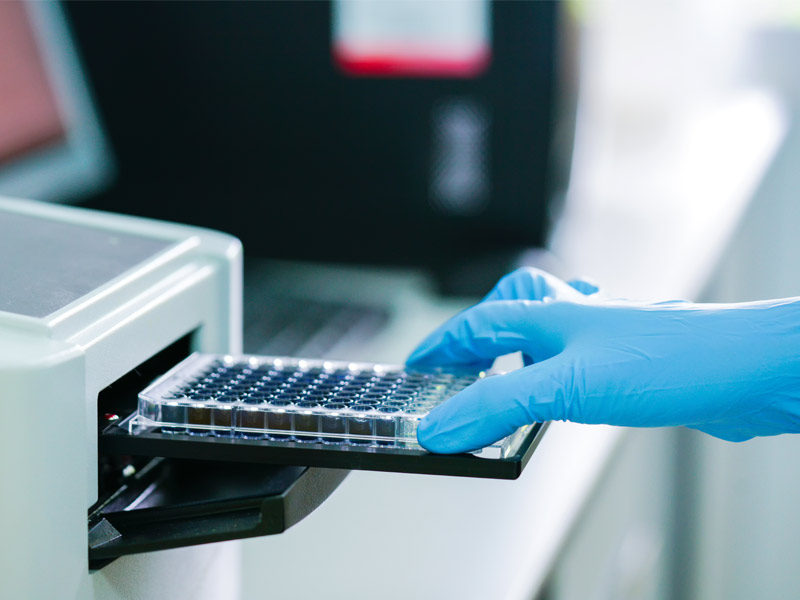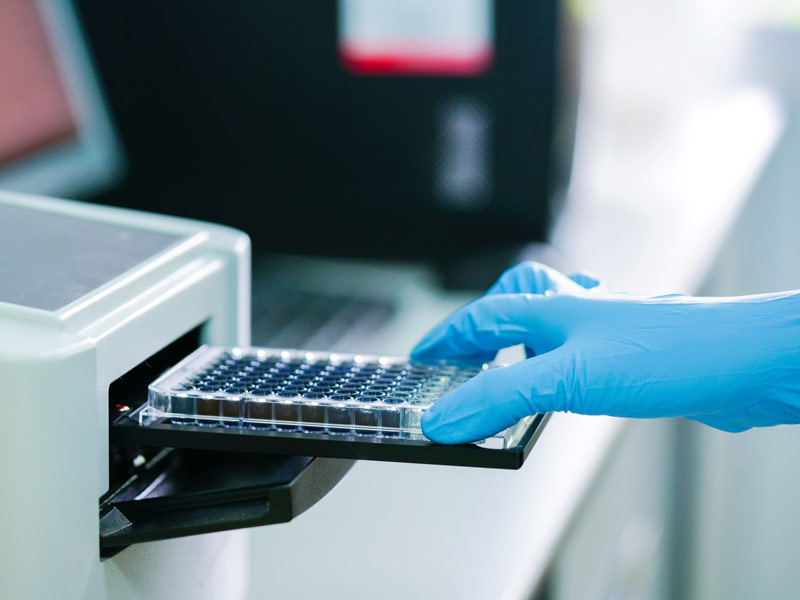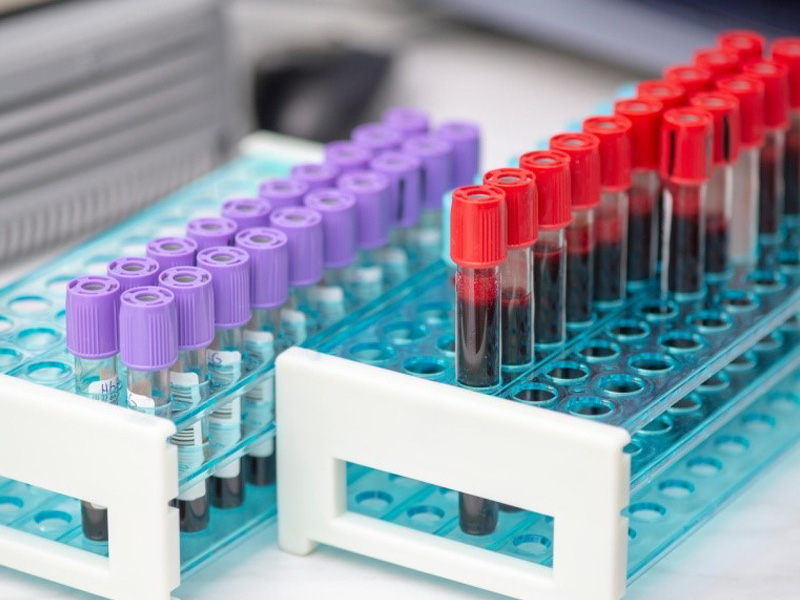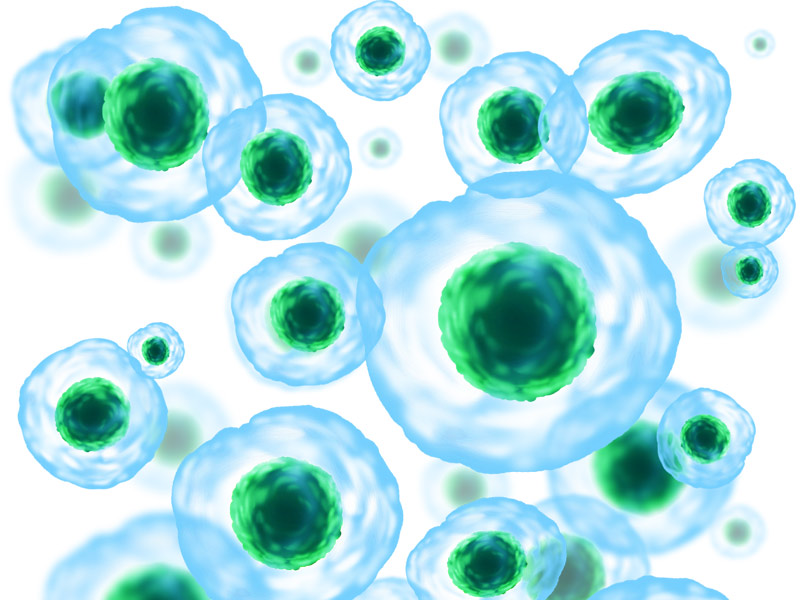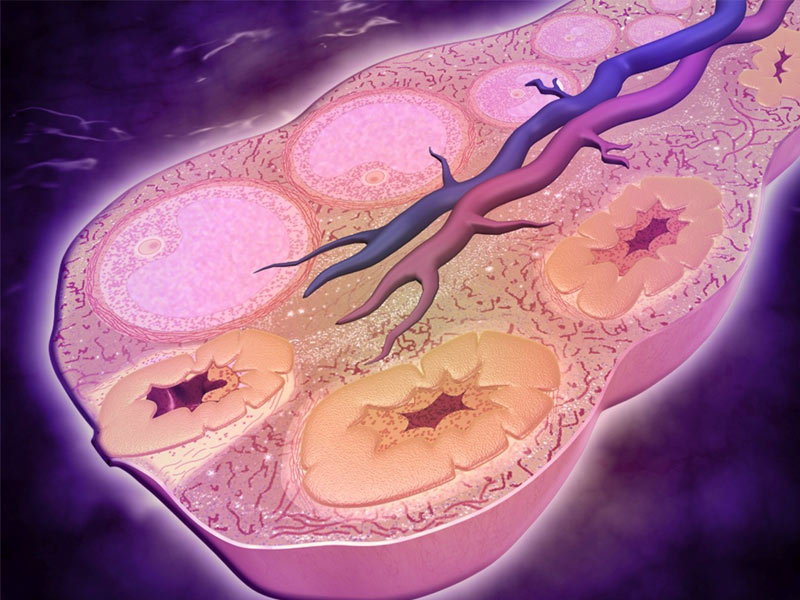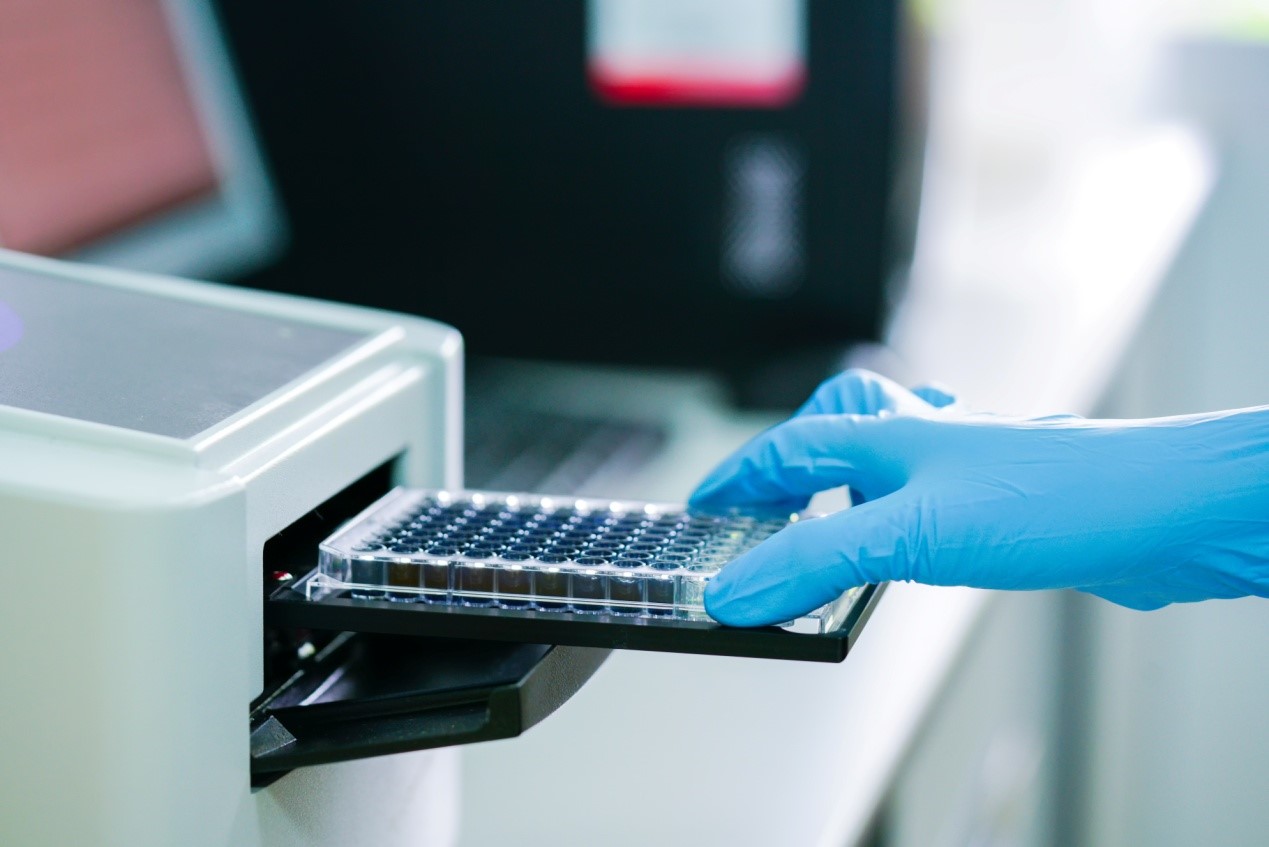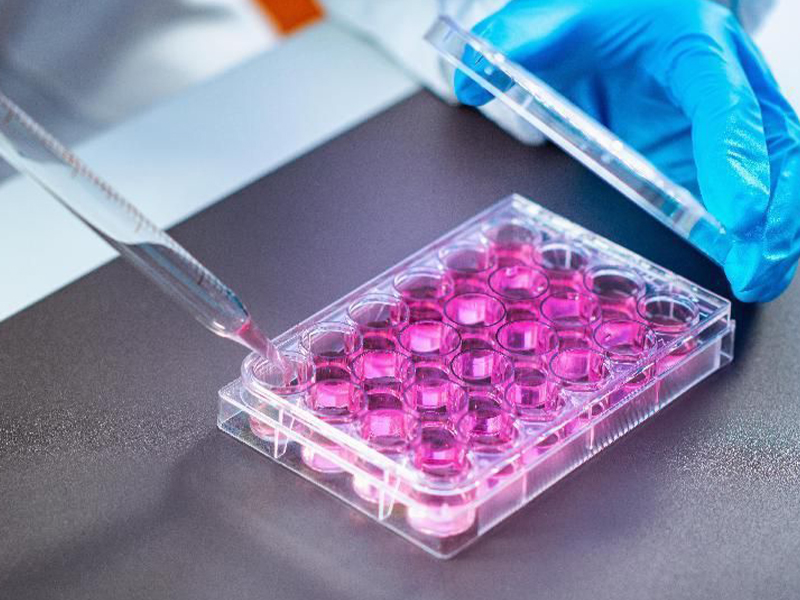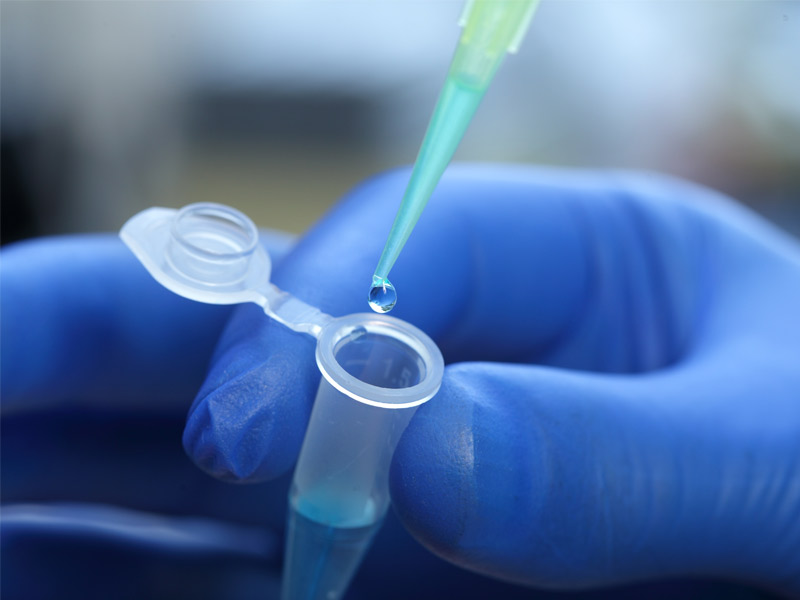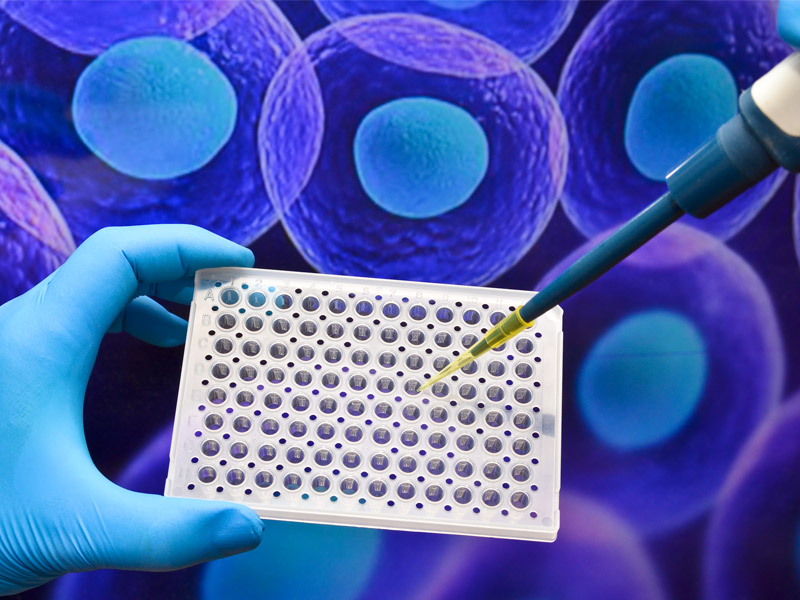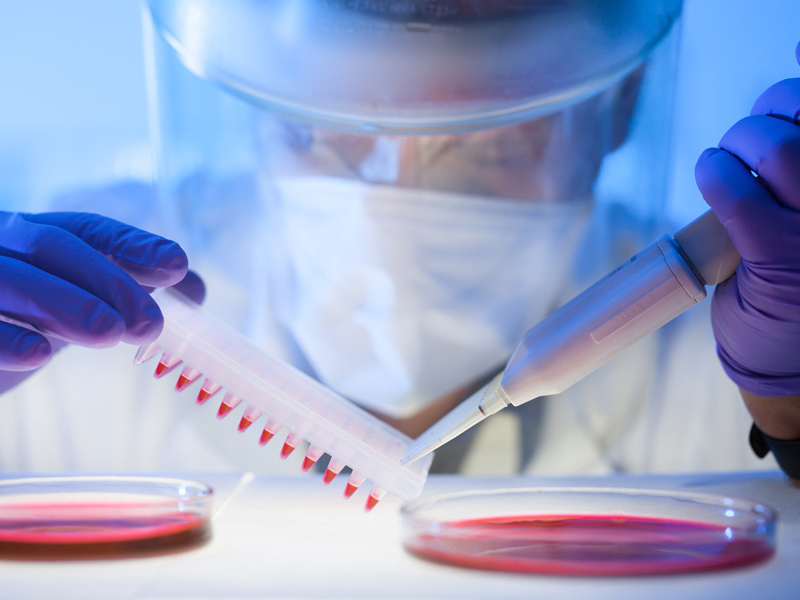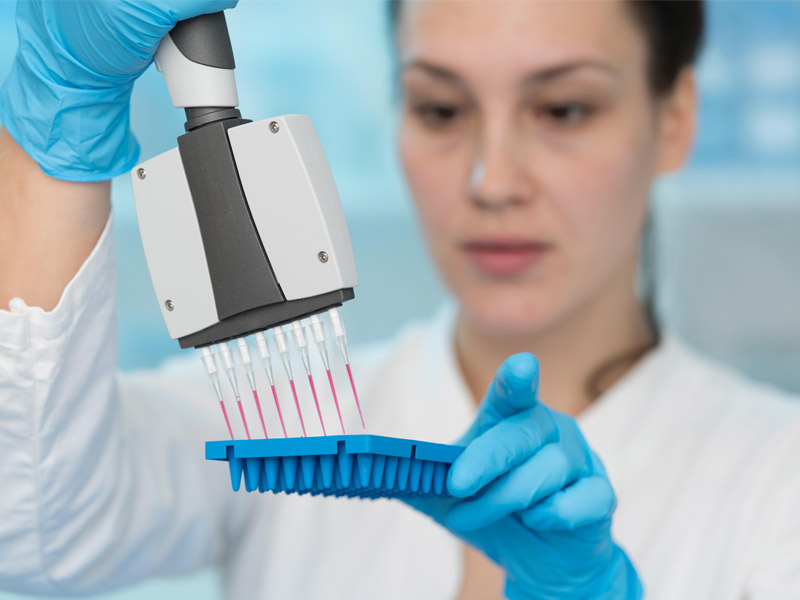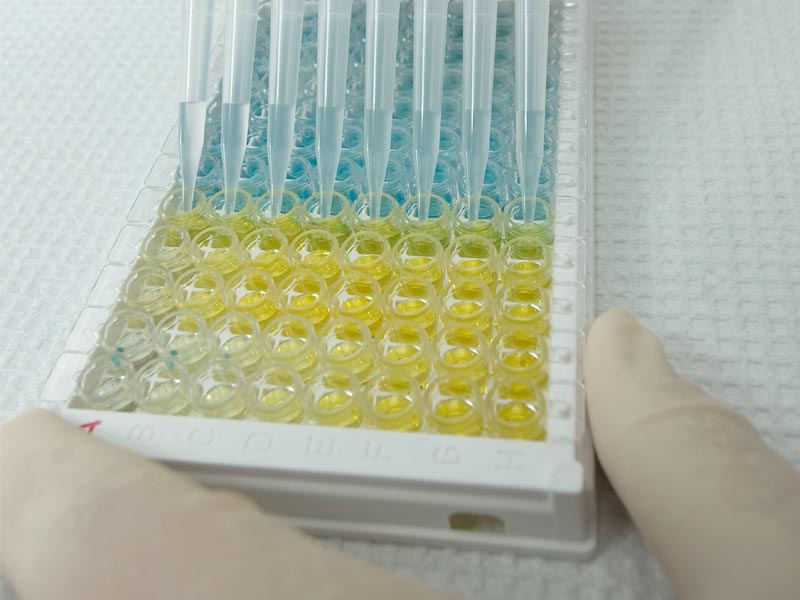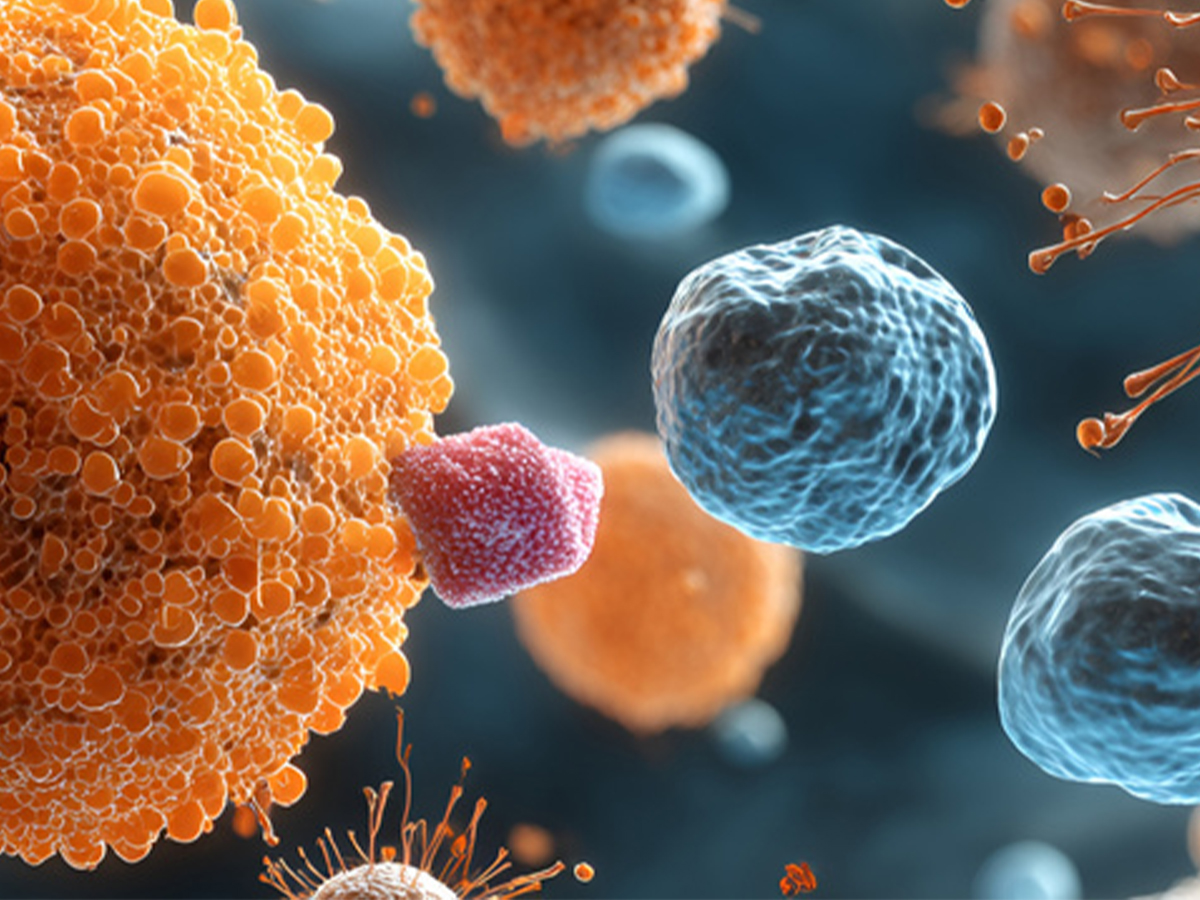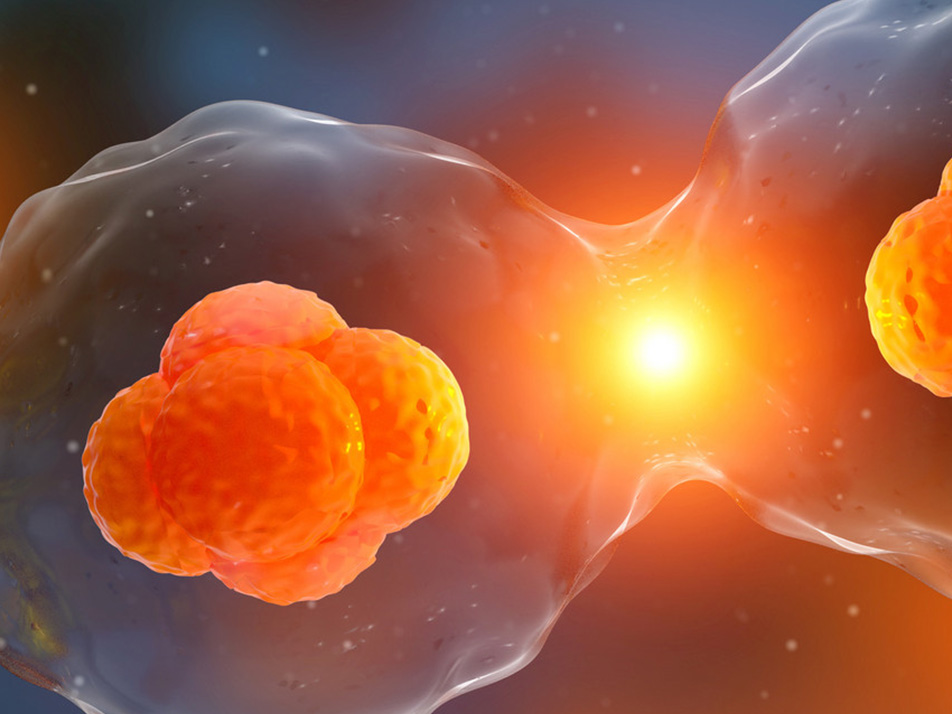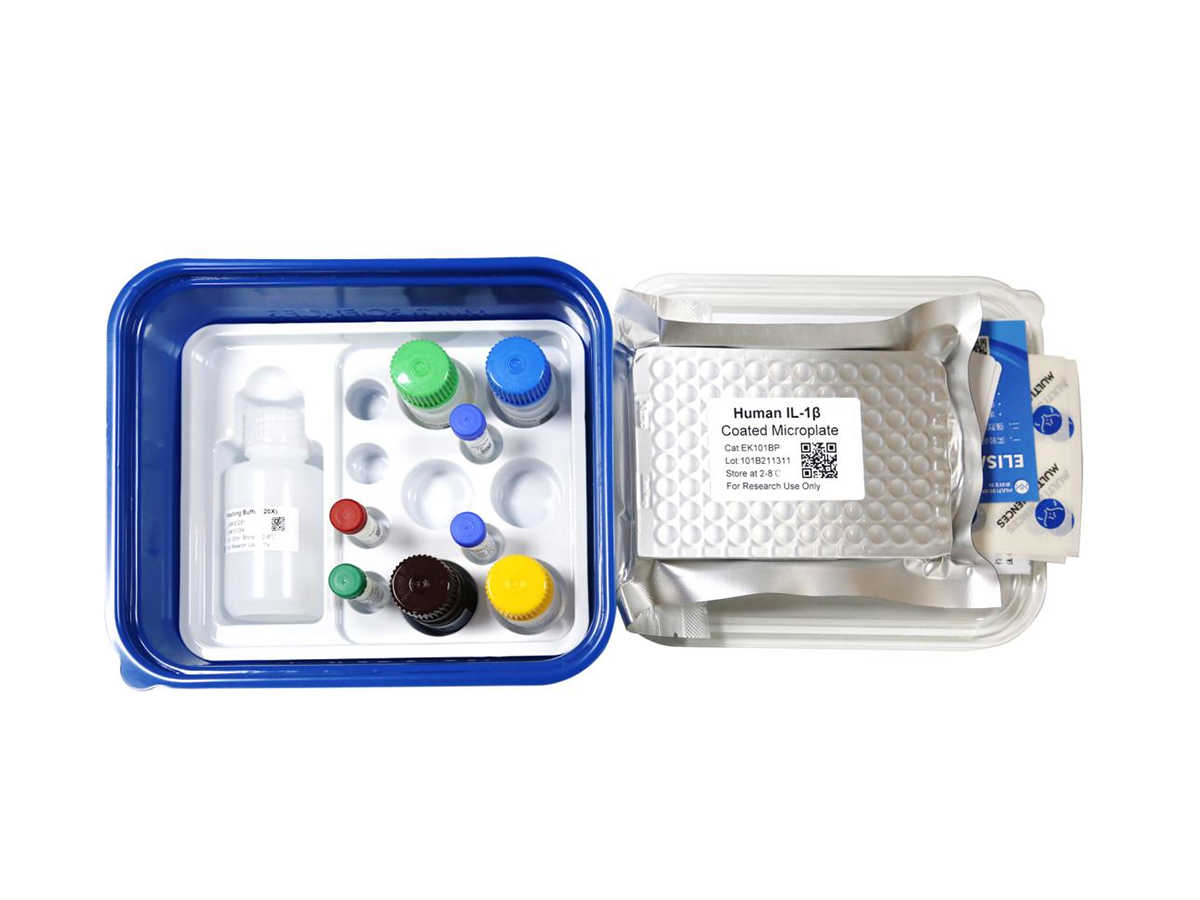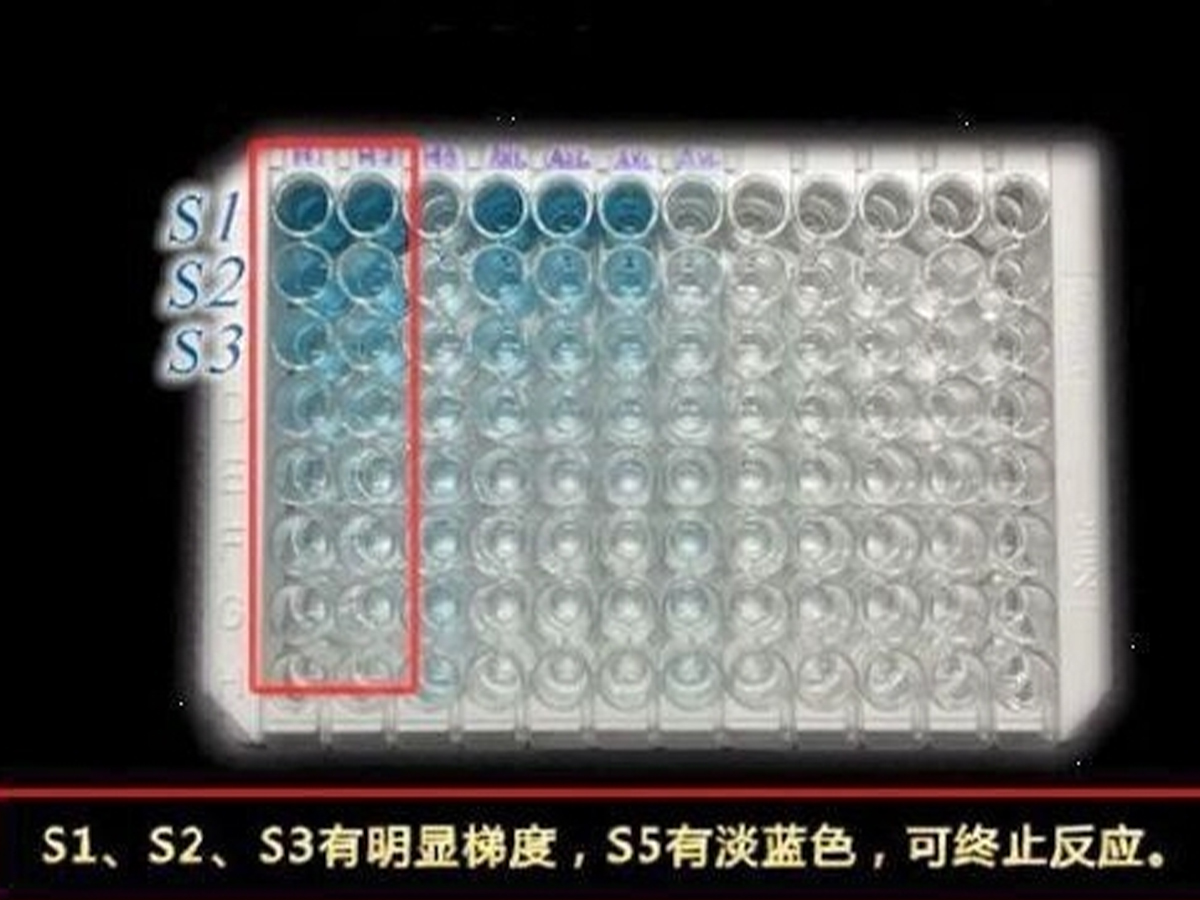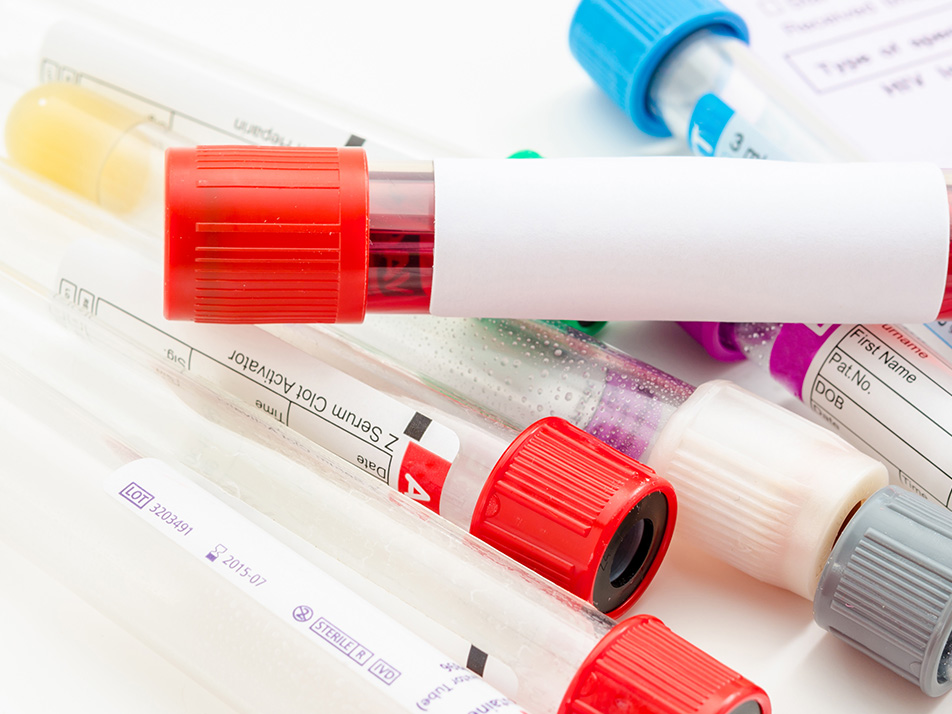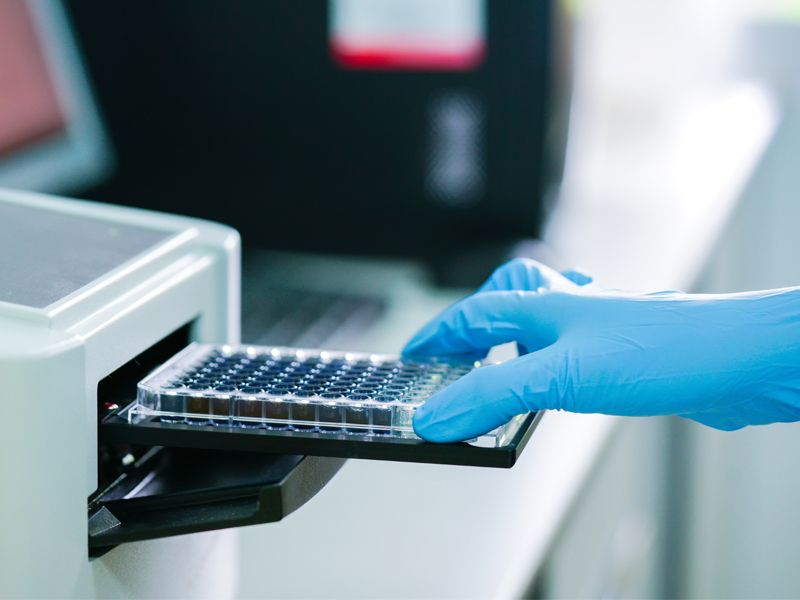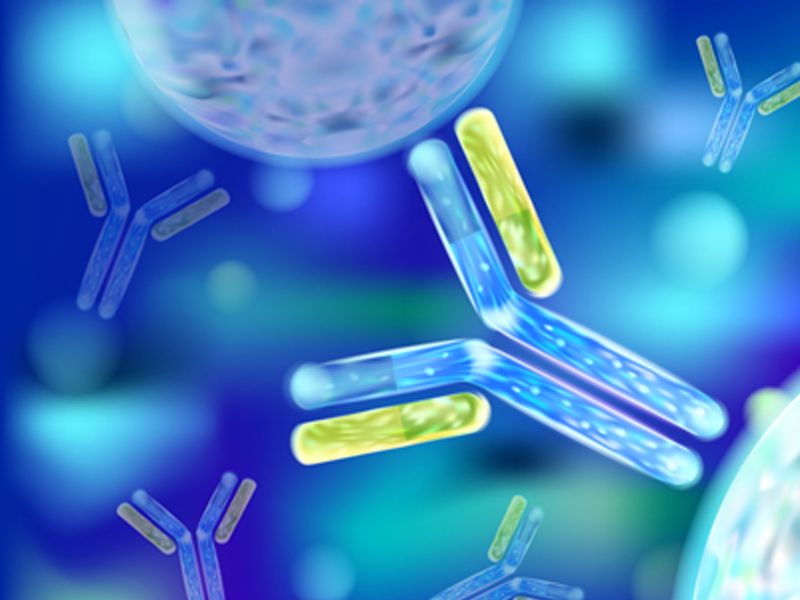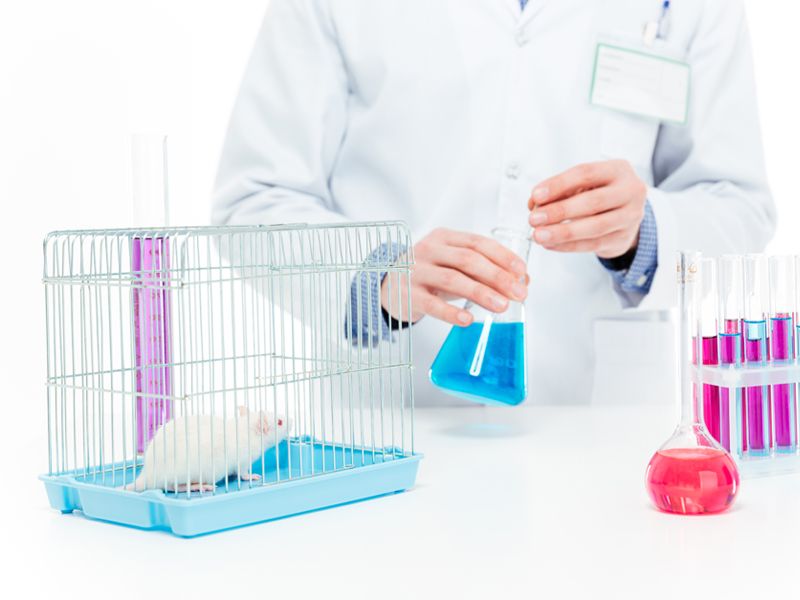Human Fas Ligand/TNFSF6 Standard (人Fas配体 标准品)
¥280.00
文章目录[隐藏]
本产品只包含标准品试剂,如需购买试剂盒请点击下图
-
- EK1F02
- ELISA试剂盒
Human Fas Ligand/TNFSF6 ELISA Kit检测试剂盒(酶联免疫吸附法)
- ¥1,600.00 – ¥2,650.00
| 商品名 |
Human Fas Ligand/TNFSF6 Standard (人Fas配体 标准品) |
|---|---|
| 组分 |
人Fas Ligand标准品 |
| 板式 |
管 |
| 保存 |
短期4℃,长期-20℃保存 |
| 运输条件 |
4℃蓝冰运输 |
分子信息
FASLG 分子靶点信息概述
- 分子名:FASLG, Fas ligand
- 基因家族:CD molecules; Tumor necrosis factor superfamily; Death inducing signaling complex
- 别名:FasL; CD178
- 曾用名:APT1LG1; TNFSF6
- 全称:tumor necrosis factor (ligand) superfamily, member 6; Fas ligand (TNF superfamily, member 6)
FASLG 分子靶点综述
Fas配体,又名TNFSF6、FasL或CD95L,是肿瘤坏死因子(TNF)家族中的一员。它是一个在细胞毒性T淋巴细胞上表达的同源三聚体II型跨膜蛋白。外基质金属蛋白酶MMP-7在保守裂解位点裂解膜结合的FasL可生成可溶性Fas配体。Fas配体/受体的相互作用在调节免疫系统和癌症的进展中发挥重要作用。它通过FasR的三聚体化产生信号,这个三聚体化通常会导致细胞凋亡或死亡。由Fas-Fas配体结合所引起的凋亡在免疫系统的调节中发挥至关重要的作用,它的功能包括T细胞稳态、细胞毒性T细胞活性、免疫特权、母体耐受性和肿瘤反击。有缺陷的Fas介导的细胞凋亡可导致肿瘤的发生和现有肿瘤的耐药性。Fas基因突变与自身免疫性淋巴增生综合征(ALPS)相关。
人 Human FASLG 分子靶点信息
- 分子名:FASLG, Fas ligand
- 别称:
- ALPS1B
- apoptosis (APO-1) antigen ligand 1
- apoptosis antigen ligand
- APT1LG1
- APTL
- CD178
- CD95 ligand
- CD95-L
- CD95L
- fas antigen ligand
- Fas ligand (TNF superfamily, member 6)
- FASL
- mutant tumor necrosis factor family member 6
- TNFSF6
- TNLG1A
- tumor necrosis factor (ligand) superfamily, member 6
- tumor necrosis factor ligand 1A
- tumor necrosis factor ligand superfamily member 6
- 基因序列:NCBI_Gene: 356
- 蛋白序列:UniProtKB: P48023
人 Human FASLG靶点分子功能(预测)
Predicted to enable signaling receptor binding activity. Involved in several processes, including necroptotic signaling pathway; positive regulation of endothelial cell apoptotic process; and positive regulation of phosphatidylserine exposure on apoptotic cell surface. Acts upstream of or within extrinsic apoptotic signaling pathway via death domain receptors; positive regulation of apoptotic process; and release of sequestered calcium ion into cytosol by endoplasmic reticulum. Located in extracellular exosome; nucleus; and plasma membrane. Implicated in several diseases, including cholangiocarcinoma; chronic myeloid leukemia; pancreatic cancer (multiple); pre-eclampsia (multiple); and type 2 diabetes mellitus. Biomarker of several diseases, including bone marrow cancer (multiple); carcinoma (multiple); cervix uteri carcinoma in situ; clonorchiasis; and neurodegenerative disease (multiple).

